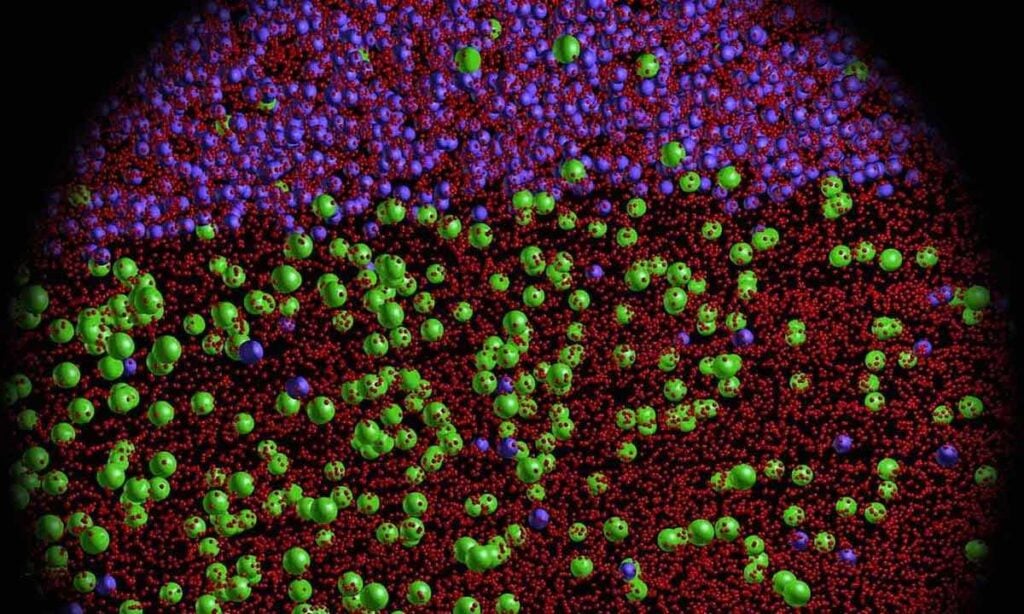Inspenet, June 8, 2023
Scientists at the University of Sydney and RMIT have developed a new class of what they call alloys made from titanium intended for use in additive manufacturing processes.
By integrating alloy designs and 3D printing processes, the alloys promise more sustainable high-performance results for applications in aerospace, biomedical, chemical engineering, space and energy technologies.
Co-Principal Investigator, University of Sydney Research Infrastructure Professor Simon Ringer said: “This research offers a novel titanium alloy system capable of a wide adjustable range of mechanical properties, high manufacturability, enormous potential for the reduction of emissions. and knowledge for the design of materials in related systems”.
The new materials consist of a mixture of two forms of titanium crystals, called alpha-titanium phase and beta-titanium phase, each corresponding to a specific arrangement of atoms.
While titanium alloys have traditionally been produced by adding aluminum and titanium, the researchers investigated the use of oxygen and iron, abundant and inexpensive elements that can act as powerful stabilizers and strengtheners of the alpha and beta titanium phases.
Investigation Details
Professor Ringer said: “The critical enabler is the unique distribution of oxygen and iron atoms within and between the alpha-titanium and beta-titanium phases.
“We have engineered a nanoscale oxygen gradient in the alpha-titanium phase, featuring high-oxygen segments that are strong and low-oxygen segments that are ductile (retaining their strength after being cast into a narrow wire). ) allowing us to exert control over local atomic bonding and thus mitigate the potential for embrittlement,” he explained.

Building a sustainable world: 3D-printed titanium alloys open doors to the circular economy
Lead researcher, RMIT’s distinguished Professor Ma Qian (pictured), said the team incorporated circular economy thinking into their design, holding great promise for producing their new titanium alloys from industrial waste and construction materials. low quality.
“The reuse of low-quality waste and materials has the potential to add economic value and reduce the high carbon footprint of the titanium industry,” said Professor Qian from RMIT’s Center for Additive Manufacturing in the School of Engineering.
According to the researchers, two challenges have hampered the development of strong and ductile alpha-beta titanium-oxygen-iron alloys: Oxygen can make titanium brittle, while adding iron could lead to severe defects.
The team used Laser Directed Energy Deposition (L-DED), a 3D printing process suitable for making large, complex parts, to print their alloys from metal powder, developing a unique microstructure to rival commercial alloys.
Source and photos : Rumbo Minero
Don’t miss the Inspenet News at: https://inspenet.com/en/inspenet-tv/

